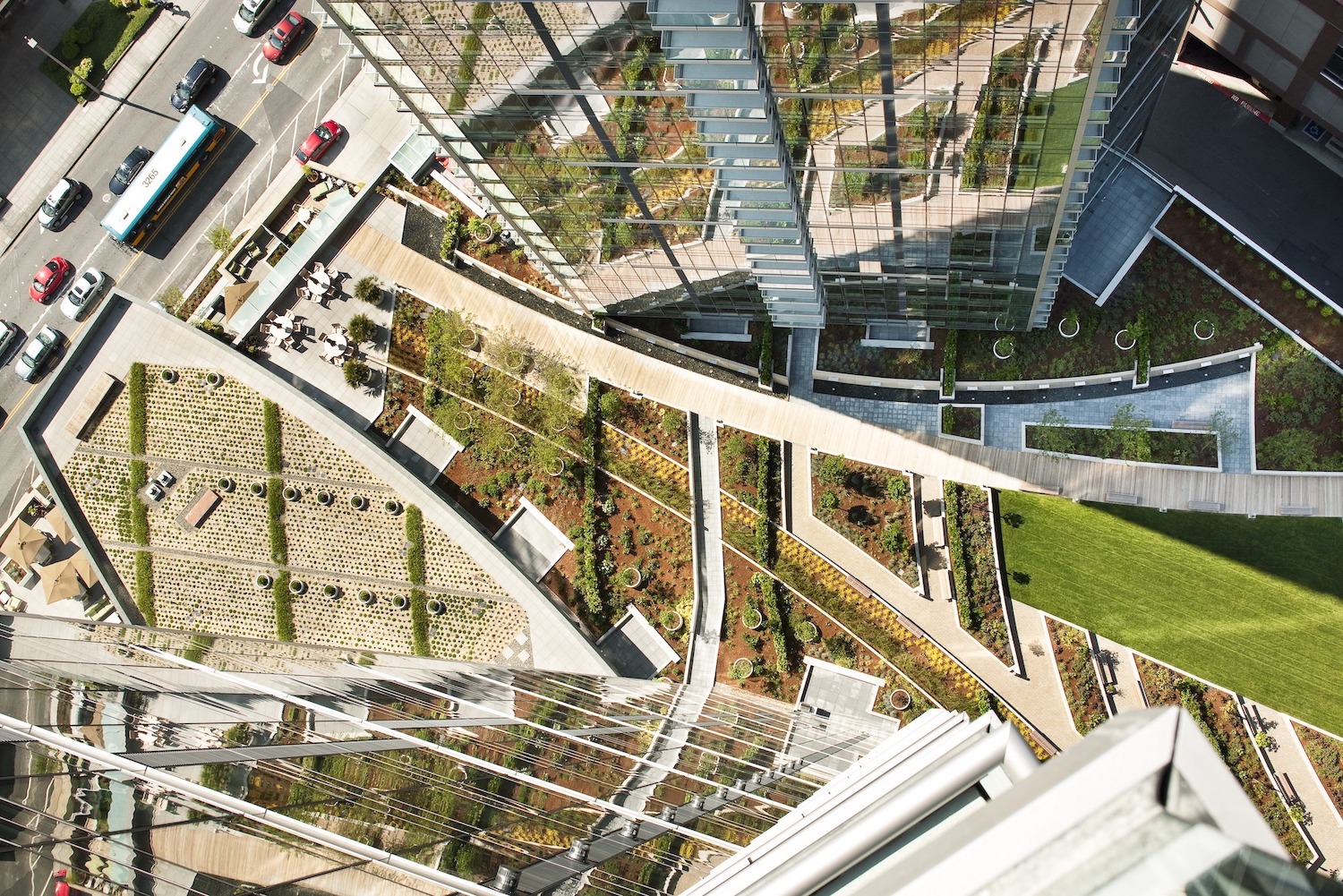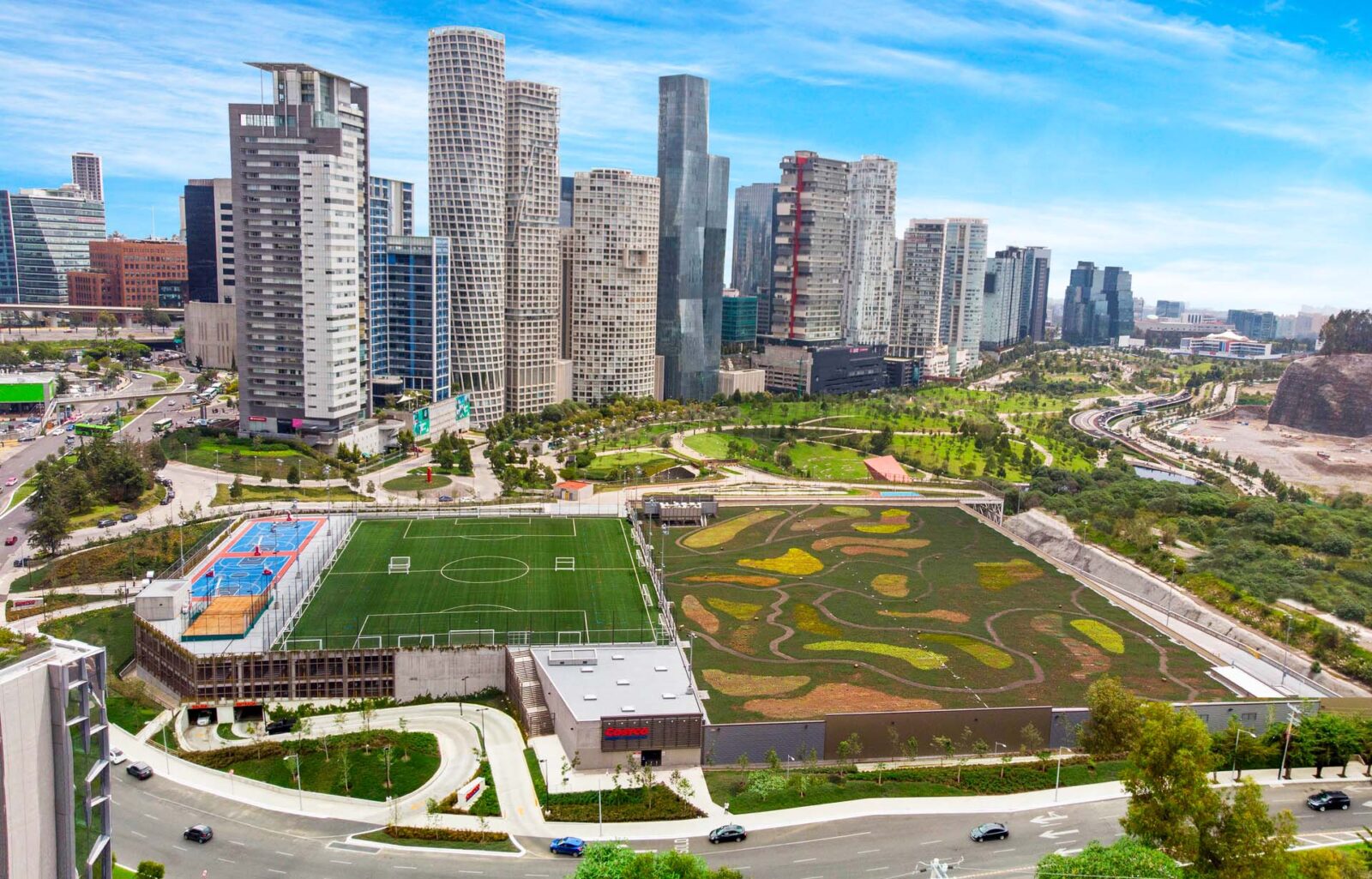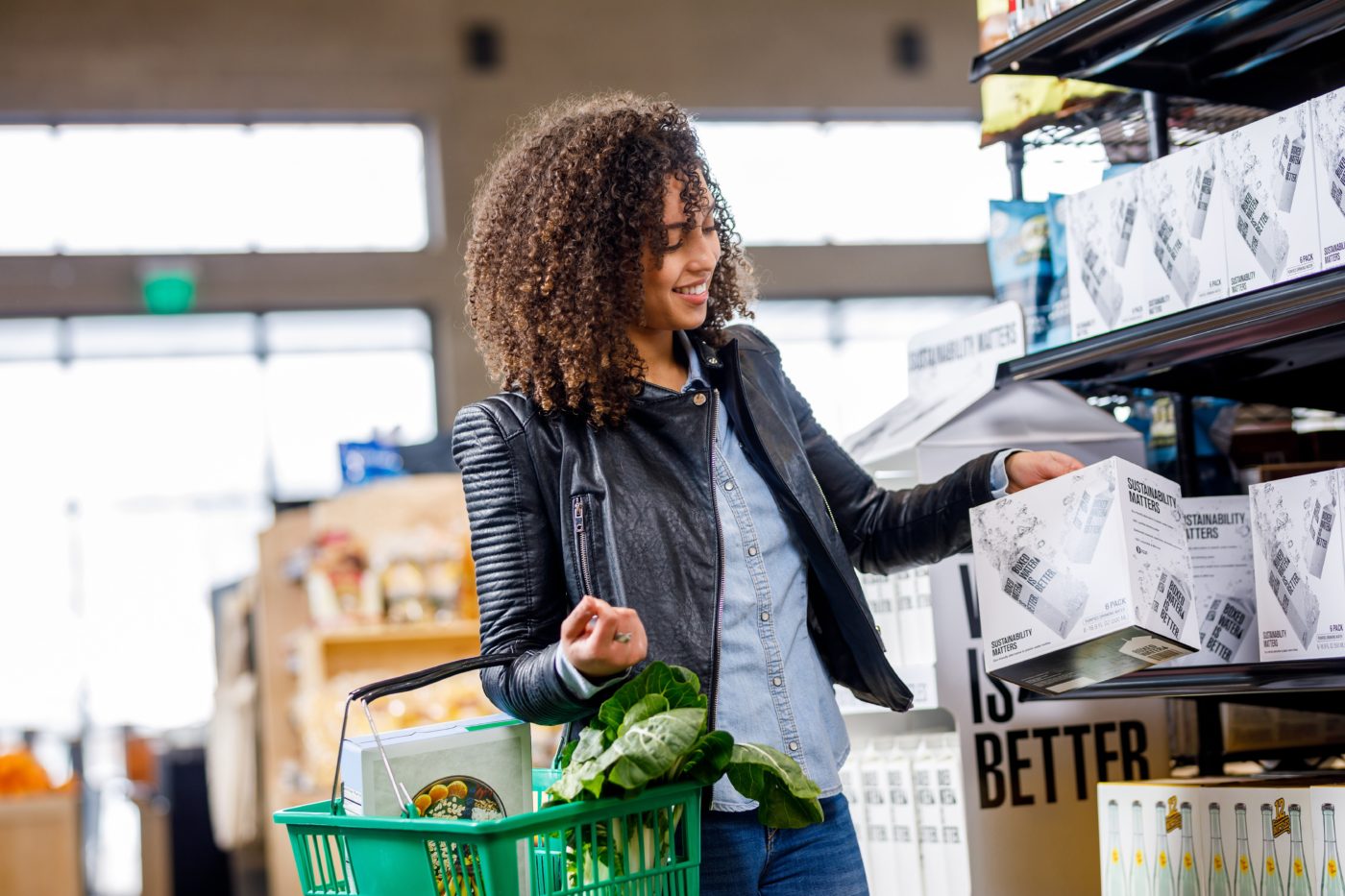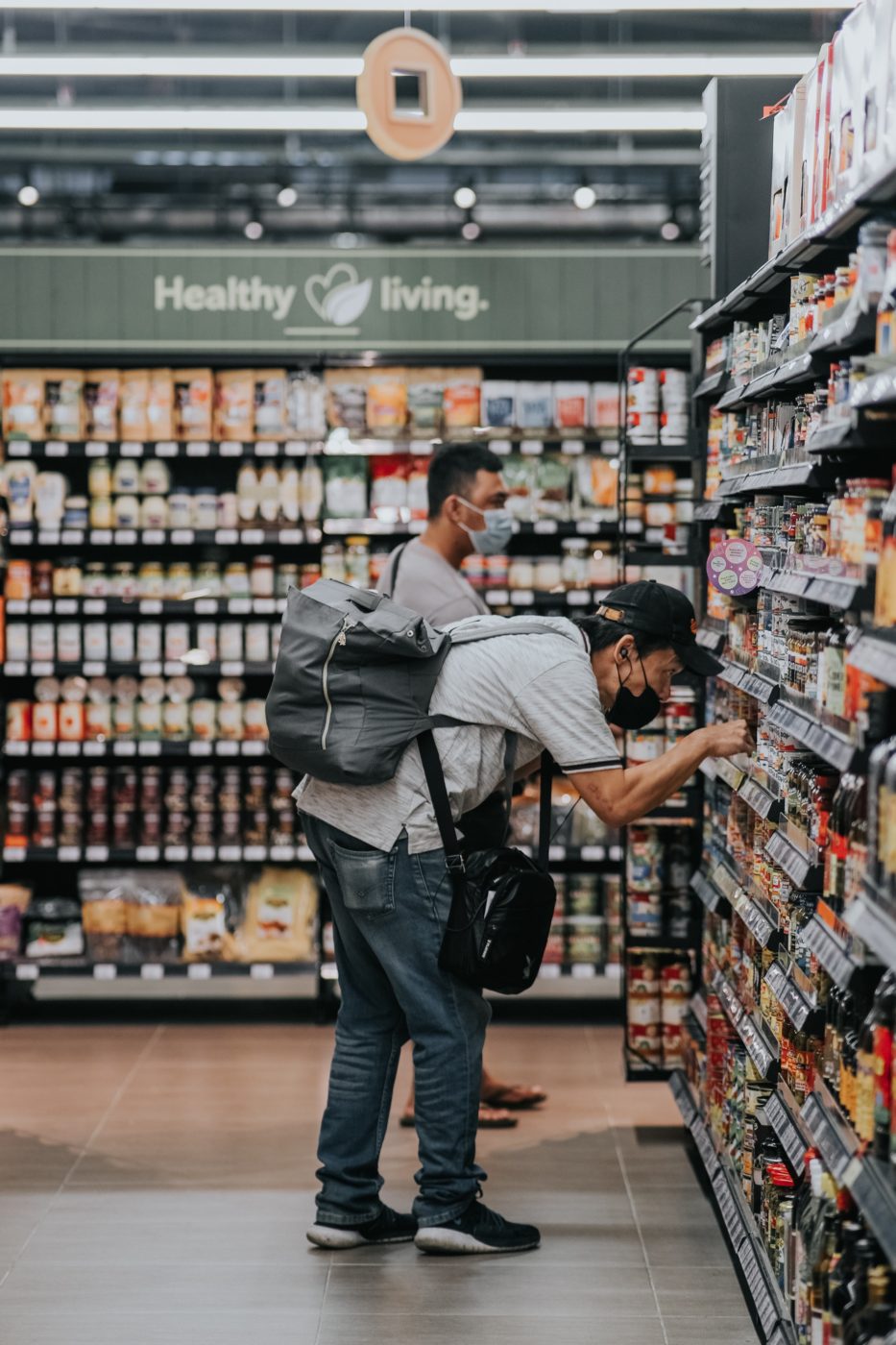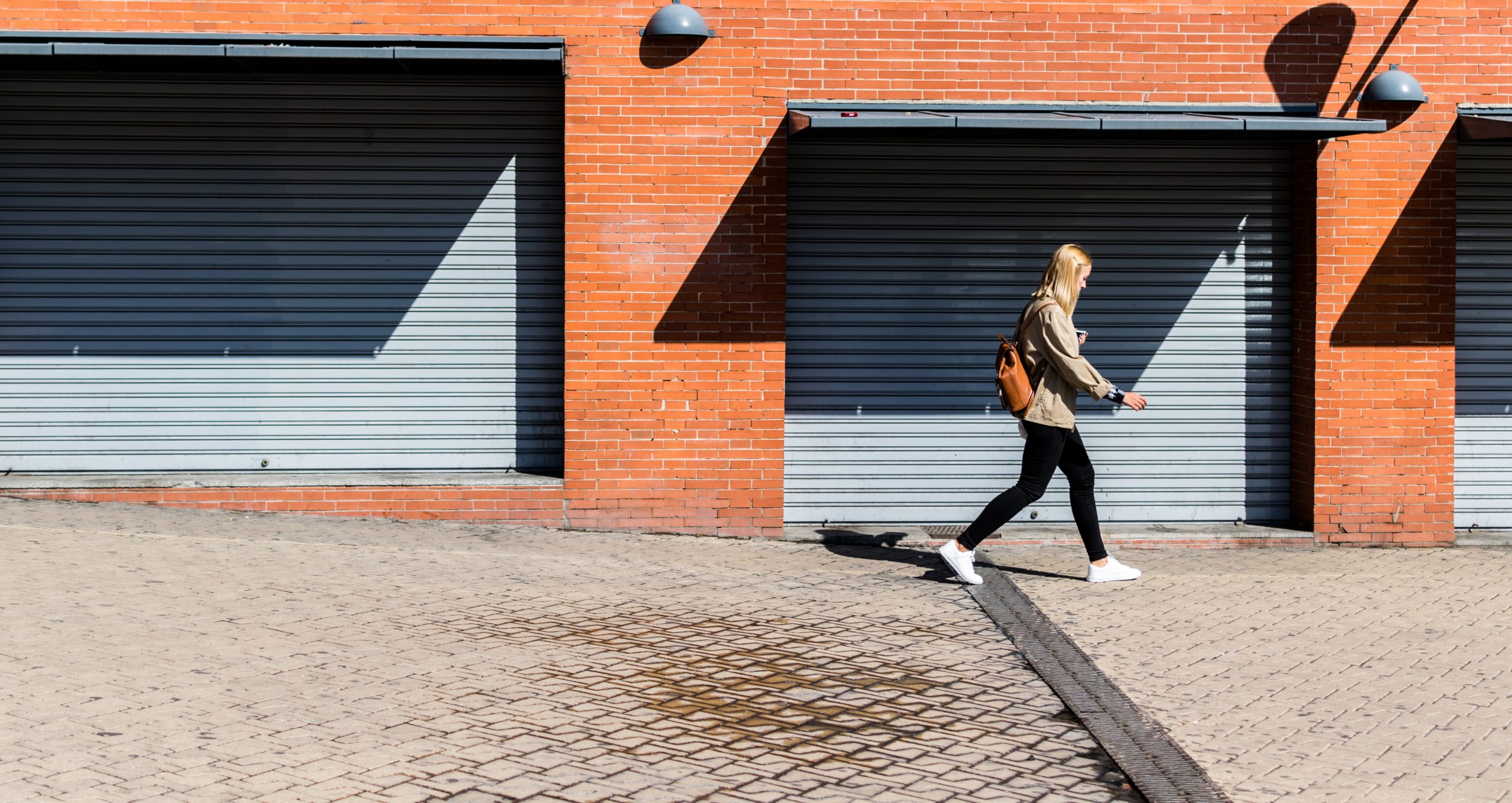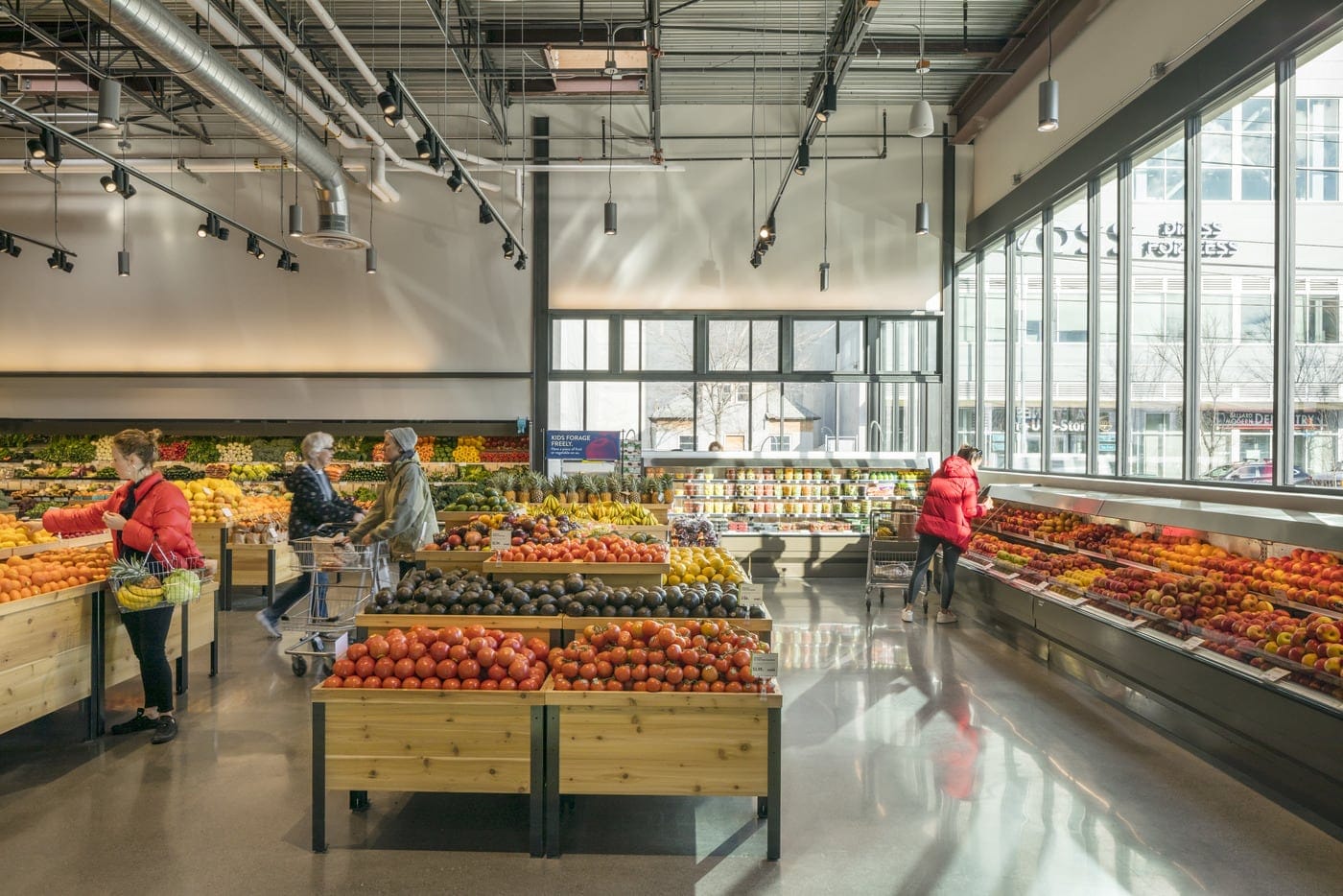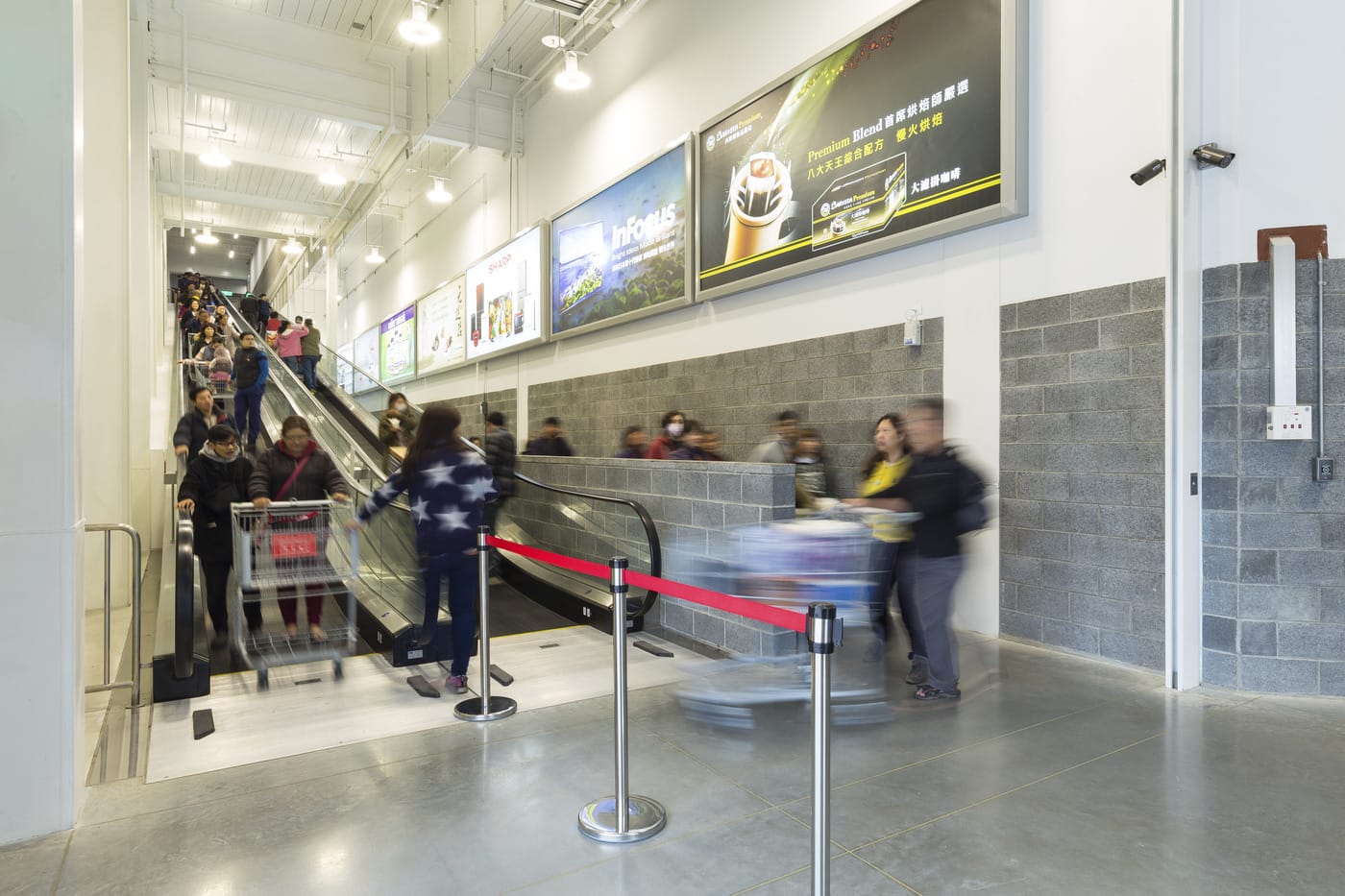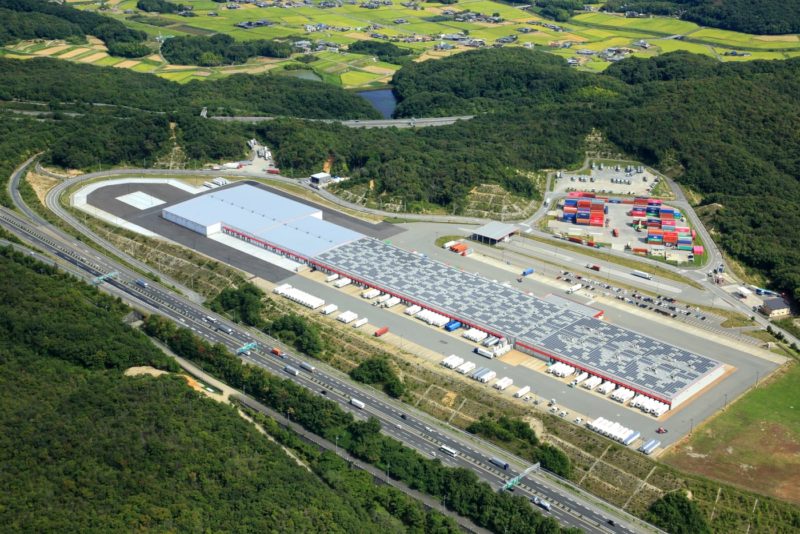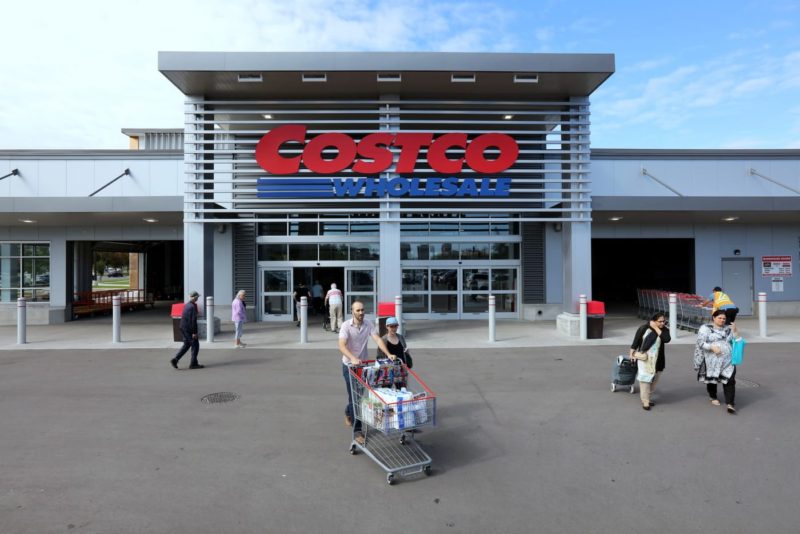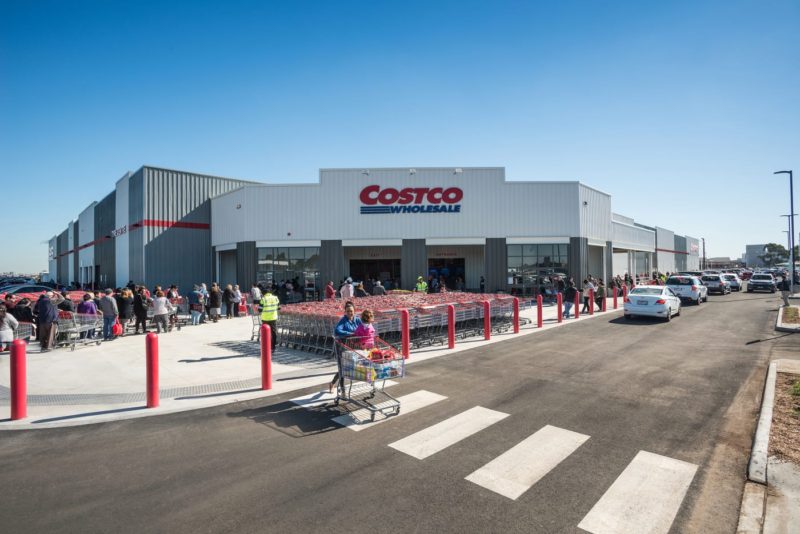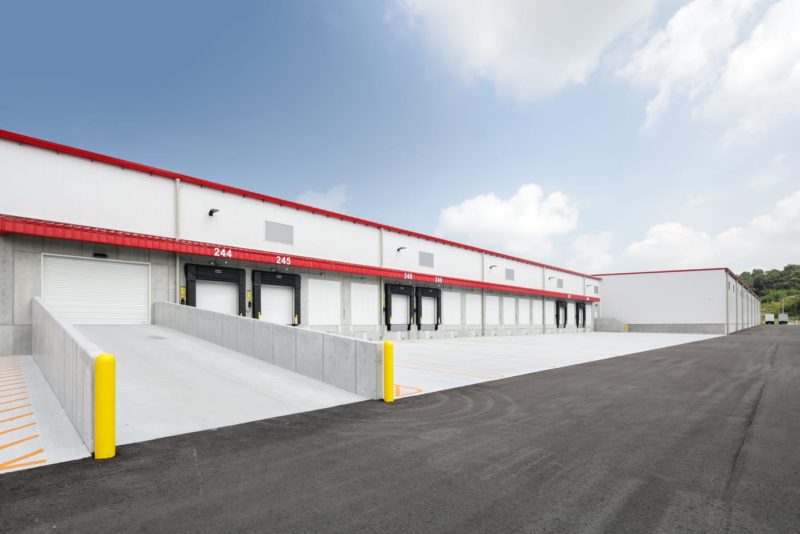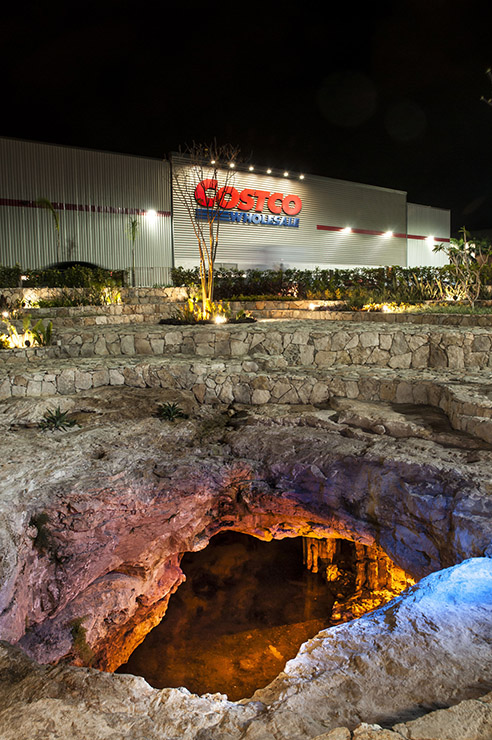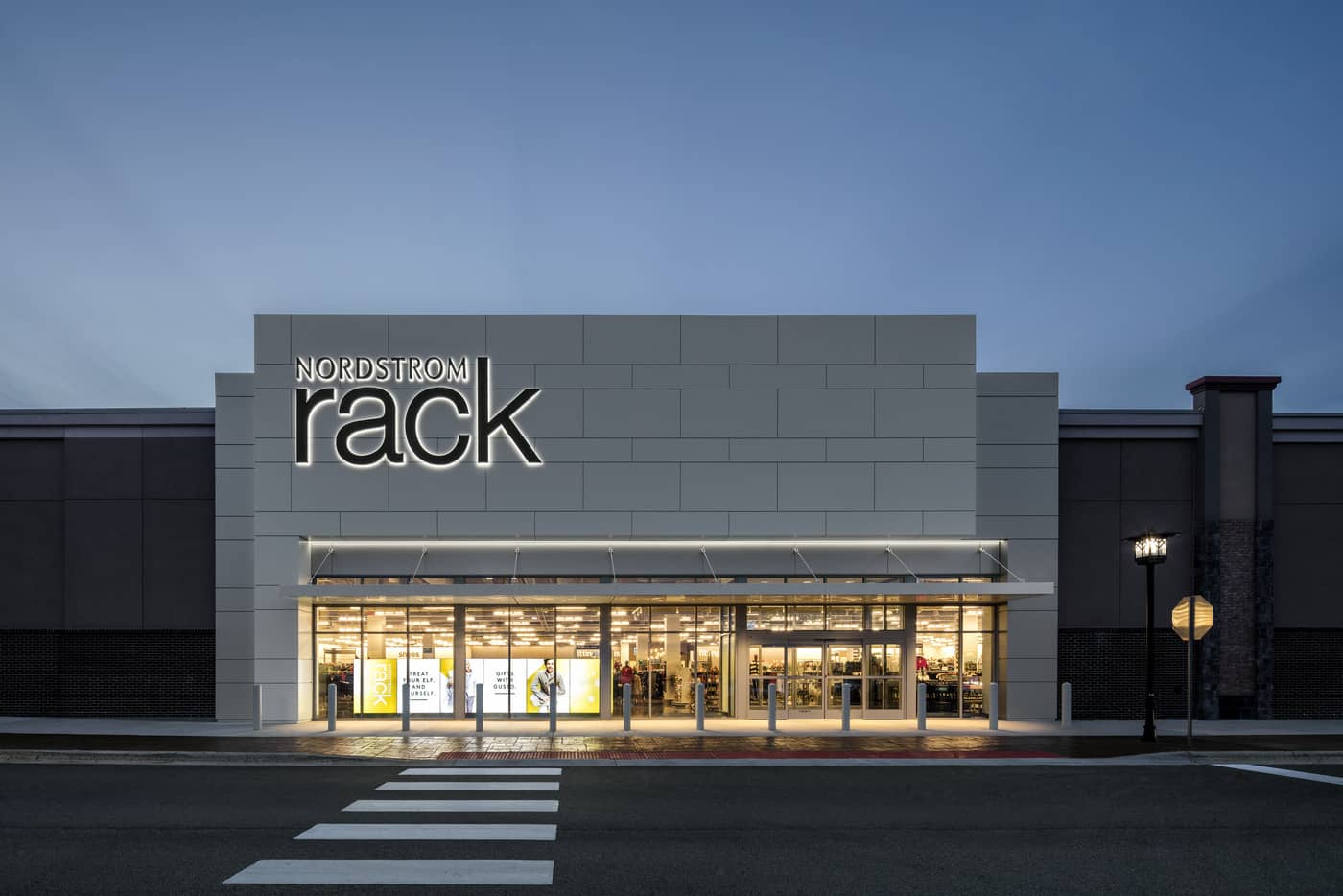消费者体验
NEXCOM/The Navy Exchange
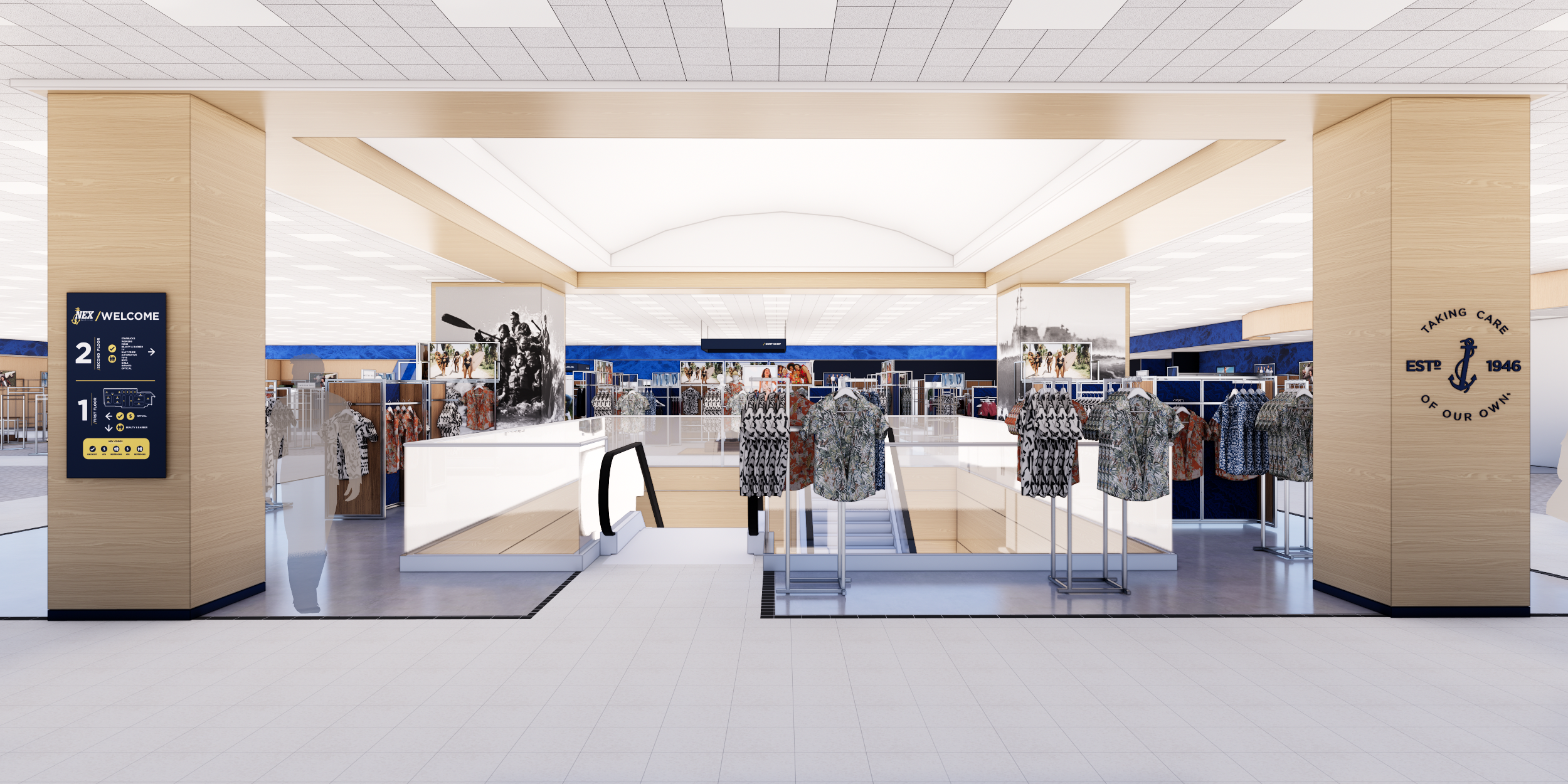
MG2’s partnership with The Navy Exchange (NEXCOM)—the organization overseeing more than 300 retail stores across 92 naval bases worldwide—began in May 2020 and has grown into a trusted, collaborative relationship centered on the sailors and families NEXCOM serves. Our Advisory, Design, and Architecture teams have worked together to reimagine everything from departments to full-store environments. Beyond traditional site visits, our on-base tours and stays at Navy Lodges immerse us in sailors’ daily lives, how they move through spaces, shop, and connect with their environment, so we can design solutions that reflect their needs and values. This approach has given us meaningful insight into how retail can support sailors at every stage of life, from new recruits to retirees. Our goal is to create environments that are convenient, intuitive, and welcoming, while offering both efficiency and moments of delight.
The MG2 Advisory team, in partnership with our Design team, took a multi-pronged approach to assessing how each department could best support consumer needs.
This included:
- An audit of brand insights (both qualitative and quantitative), as well as competitive benchmarking analysis
- Evaluating consumer trends
- Surveying the NEXCOM consumer audience as it relates to opportunities to elevate in-store experiences and identify key drivers to make the Navy Exchange their shopping destination
- In-person field interviews – immersing ourselves on base with new recruits and sailors, and talking with store management to learn first-hand where they are seeing gaps both experientially and operationally in the store
- Environmental evolution of color pallets featured in-store, fixture and signage packages, lighting and flooring optimization, and department-specific design needs to support a more elevated and customer-centric approach
This evaluation identified opportunities beyond price to deliver value across the fleet of locations. Through a deep dive analysis into trends, customer pain points and desires, including areas that provided demystification, we could identify drivers and preferences to inform the in-store experience evolution, allowing the Navy mission to be more deeply reflected in the spaces visited by sailors and families.
Based on the insights and research the MG2 Advisory Team brought forward, MG2 designed stores that provided greater space for storytelling, fostering excitement and a sense of community. As a result of these findings, the NEXCOM team revamped each department, reimagining the customer journey, merchandising, wayfinding, and operational change.
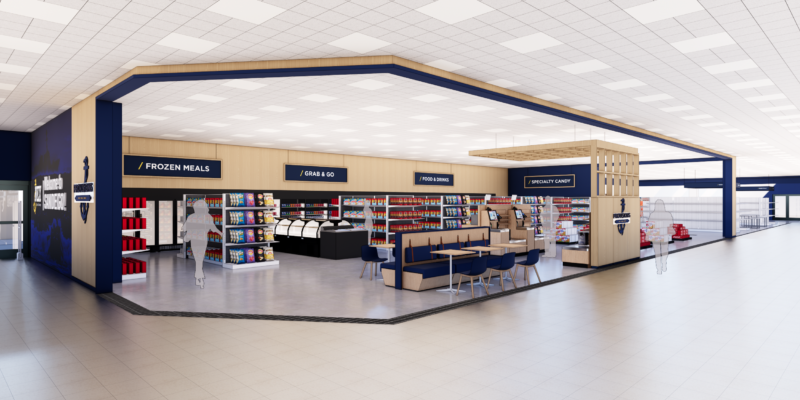
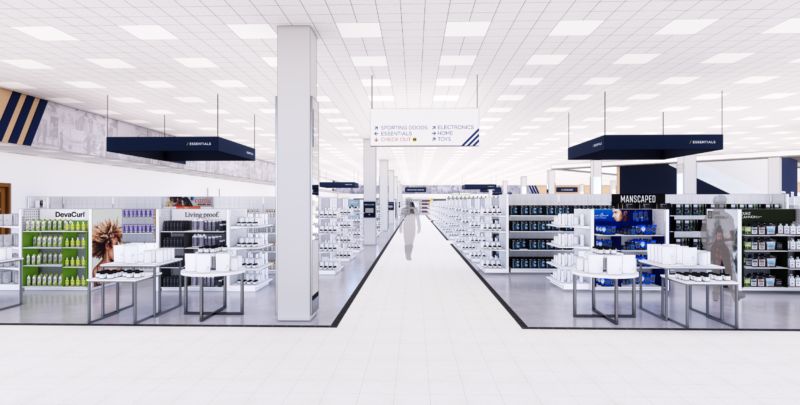
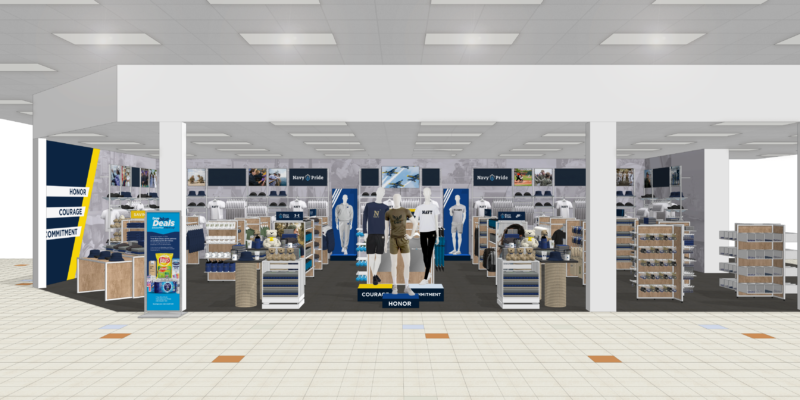

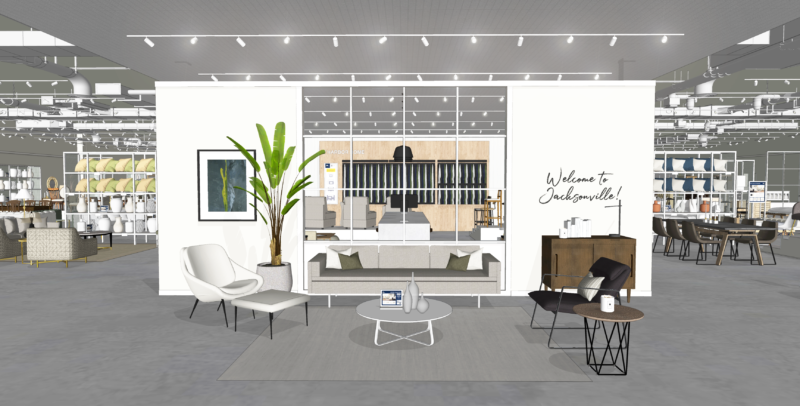
Store Departments Redesigned to Date (Advisory/Design)
- Beauty
- Consumer Technology
- Essentials
- Food Hall/Provisions
- Everyday Home
- Health & Wellness
- Home Gallery
- Jewelry
- Kids
- Men’s Apparel
- Women’s Apparel
- Surf Shop
- Navy Pride
- Package Store
Frameworks Articulated to Date (Advisory/Design):
- Madix Playbook (fixture programming)
- Dropzone Playbook (modular kit of parts)
- Signage in the Lobby/Directory
- Signage Framework Package
- Shoppable Showroom
- Mobile Retail Facility (MRF)
Flagship Environments Redesigned to Date (Advisory/Design/Architecture Review)
- Jacksonville, FL
- Pearl Harbor, HI
Discover additional impact MG2 Advisory had on NEXCOM Beauty here.
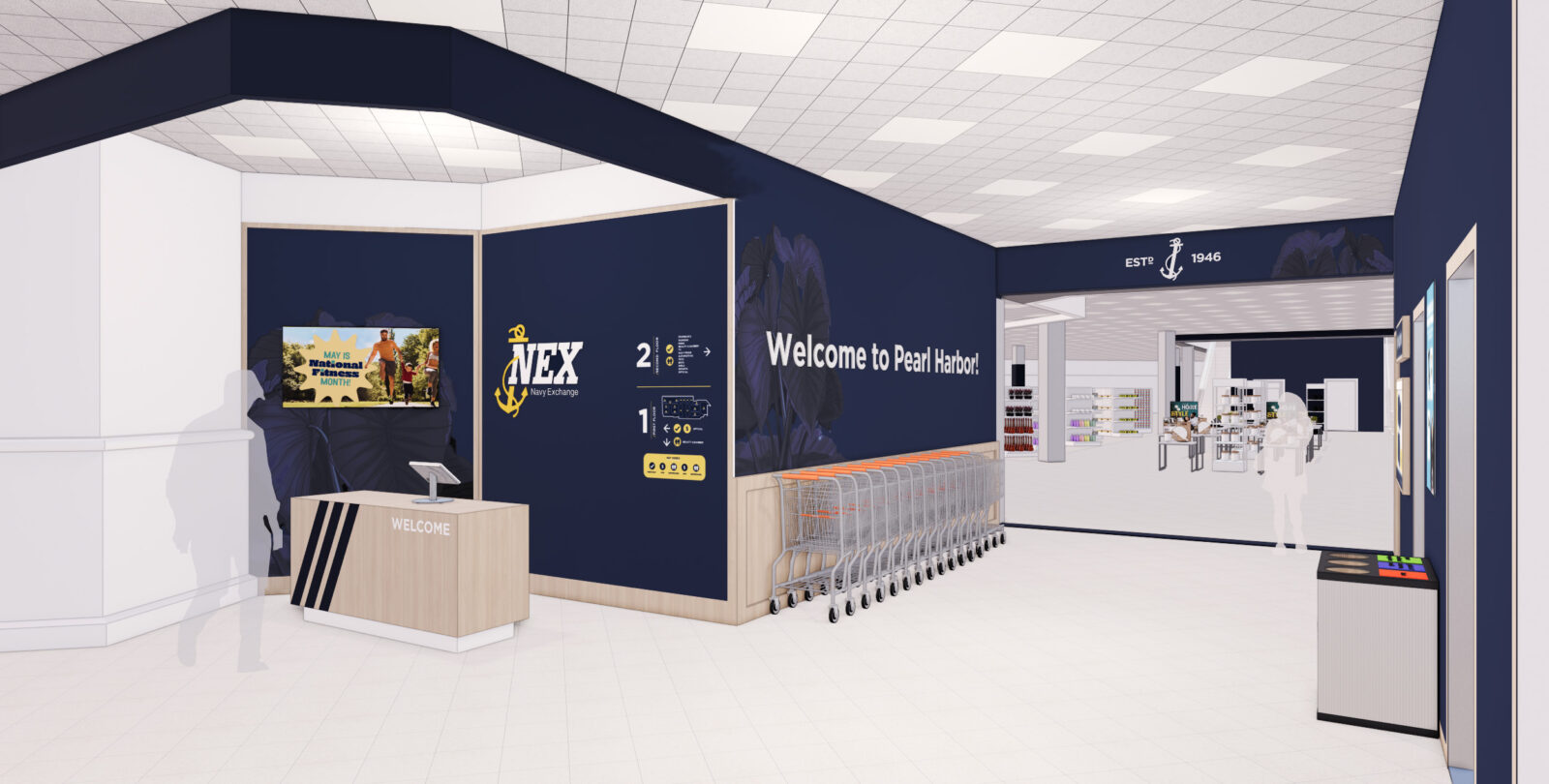
-
项目细节
- Multiple Locations, U.S.
- NEXCOM Worldwide
- 大型零售, 专营零售
- 2,300 – 176,000 SF
- 建筑设计, 室内设计, Strategy & Insights
























